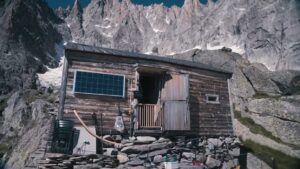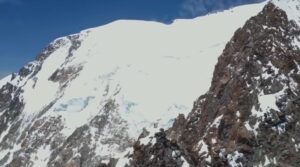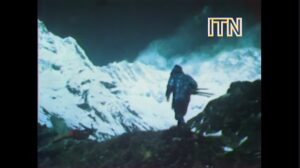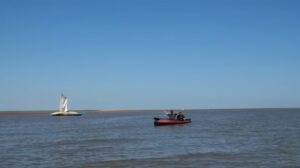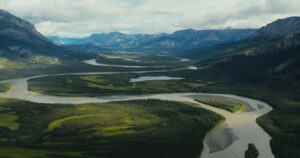Jason Baldes, a member of the Eastern Shoshone tribe, grew up hunting with his father. But as the two men explored the natural landscape of Wyoming’s Wind River Indian Reservation, the younger Baldes grew frustrated that those hunting trips couldn’t include buffalo.
“Prior to colonization, the buffalo was our life’s commissary for many of our tribes. It was our food, our clothing or shelter, but also central to our cultural and spiritual belief systems,” Baldes says in the PBS film Homecoming.
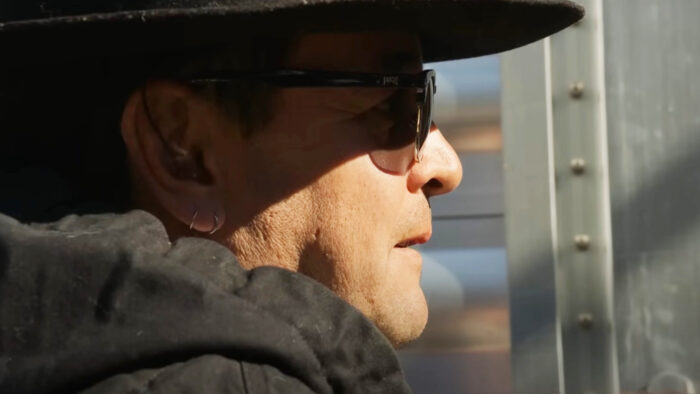
Jason Baldes. Photo: Screenshot
“It’s been missing for a long period of time,” he continues. “So, to restore that animal to our communities means that we can begin to heal. From atrocities of the past, from loss of land, loss of culture, loss of language. It’s foundational to who we are.”
Baldes’ father was a biologist, and Baldes himself pursued science from an early age. He already knew from those first family hunts that his footsteps would follow the path of the buffalo.
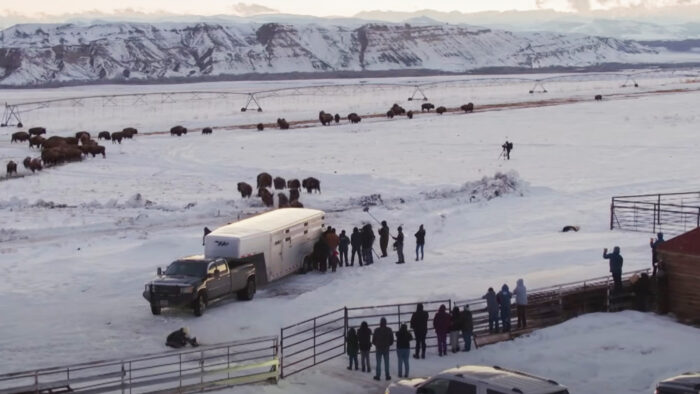
Releasing buffalo on Shoshone tribal land. Photo: Screenshot
Bringing back the buffalo
The quiet, meditative film follows Baldes as he attempts to return buffalo to his tribal land. Through organizations like the InterTribal Buffalo Council (ITCB), Baldes and others like him purchase and accept donations of animals from other herds and transport them across the country.
The Council hopes the buffalo will begin to bring ecological healing to a long-abused landscape. To date, the ITBC has restored over 25,000 buffalo to 60 herds in 20 states.
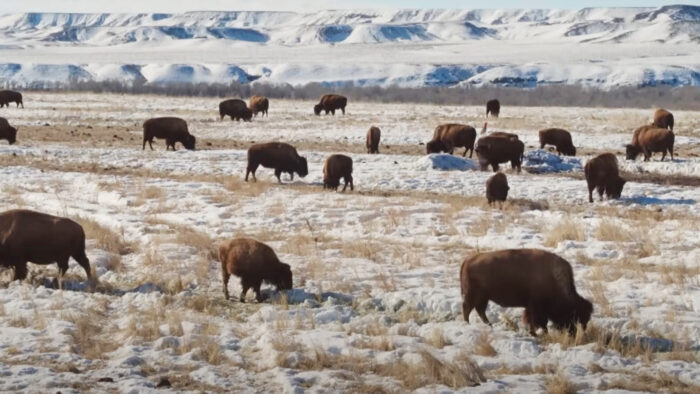
Photo: Screenshot
Currently, many tribes have to help the bison stay alive by giving them food. But the long-term goal is to “restore them to larger landscapes where they can exist on their own, without intervention from man, or genetically manipulating them, or ranching them,” says Baldes.
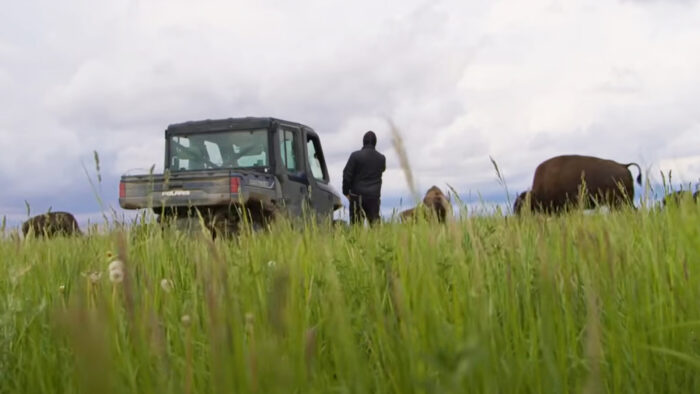
Baldes keeps an eye on the Shoshone buffalo herd. Photo: screenshot
‘In our DNA’
The desire to see buffalo return is more than just ecological. Baldes feels a powerful cultural connection to the animal, and hopes to one day go on buffalo hunts with his children and grandchildren.
As he rightly points out, the hundred years that the buffalo have been absent from Wyoming is a drop in the bucket compared to the millennia Indigenous Americans had a powerfully intimate relationship with them. Such a relationship, Baldes says, is “in our DNA.”
He’s not wrong. One of the InterTribal Buffalo Council’s goals is to return buffalo meat to Native people’s diets through reservation lunch programs.
The council cites the modern Western diet as a major cause of the high rates of diabetes and other health issues that plague Native populations in North America.
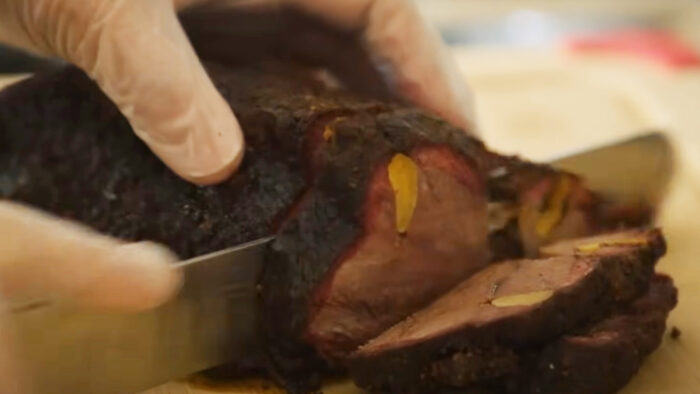
Slicing a buffalo roast. Photo: Screenshot
Baldes also sees in the buffalo a metaphor for the plight of his own people, similarly shunted to pitiful remnants of their once vast territory. In restoring the animals, Baldes hopes to restore the emotional and spiritual connections his people once felt to buffalo. Every time he watches one of the majestic creatures gallop out of a holding pen and out onto the plains, his spirits lift a little.
“When that hoof hits the ground, and you see that first footprint, you finally realize they are home,” he says, emotion audible in his voice. “And they won’t ever leave again.”

